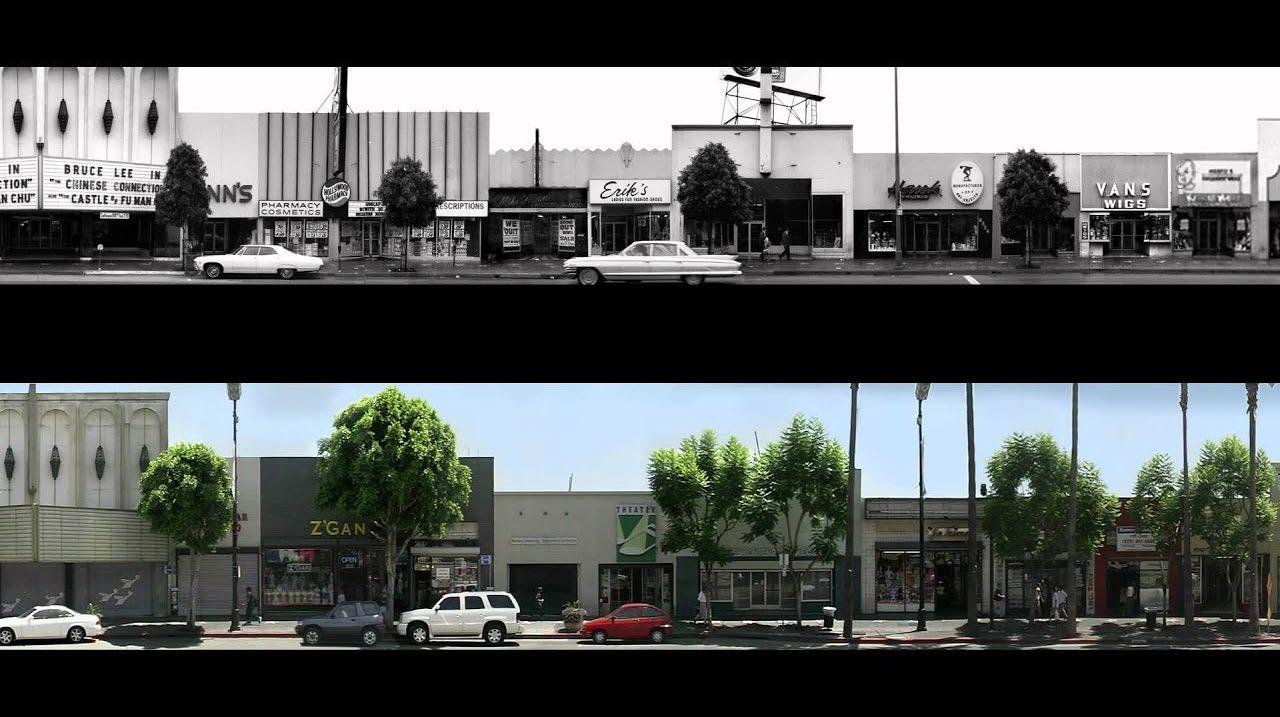
3 minute read
FINAL DESIGN, MODEL PROJECT IMAGES PRECEDENT ARTWORKS GALLERY VISIT
This work explored the relationship between “anonymous” and others through a "performance" involving body movement and pure white cotton. The parts of the performers representing "identity" were covered with pure white cotton, symbolizing purity, they were redefined as "anonymous" people. Each person's distinctive "identification symbol" is challenged, disregarding the standard of "judging a book by its cover", contrasting the vibrant outfits worn by metropolitan dwellers. The work's wrinkled appearance gave a sense of systematic marginalization of identity and violence against groups. Although everyone was born equal, social and political influences give individuals different identities, which causes inequality among various social groupings. The piece seeks the truth from various angles in a setting of urban conflict, where onlookers' body language reflects their psychological activity towards "anonymous", allowing the viewer to experience the weight of identity symbols and to think about the prejudice and difficulties faced by various "identities" in society. Inspired by Dance or Exercise on the Perimeter of a Square, focused on the sensory-oriented theme, leading the author to find his existence.
A public space refers to an area or place that is open and accessible to all peoples, regardless of gender, race, ethnicity, age or socioeconomic level. A public space is an area or place that is open to everyone, regardless of gender, race, ethnicity, age, or socioeconomic level. These are to promote social values (participation, social contact and cohesion), to provide local community facilities that allow people to gather regularly or in times of crisis, and to provide street space that can be used for temporary social events, and public Spaces such as public gathering Spaces such as squares, plazas and parks. It can also be connected Spaces such as sidewalks, streets and public Spaces. Public space has always been at the heart of social movements and political protests, a physical place for citizens to gather and a symbolic place in relation to broader democratic values. In order to better use public space, people should work together to protect, regulate, use public space and resolve conflicts. I learned a lot from Will Dorner and Tadashi Kawamata's work.
Advertisement
Will Dorner, Bodies in Urban Spaces, 2006-ongoing
A series of very striking performance art works that highlight the negative space in the building through the choreography and posture of the body, their bodies are placed within the structure of this built environment, which is very much in conflict with the way we are used to using the built environment in general.Performers lead the audience through selected sections of public and semi-public Spaces. A cascade of physical interventions builds up very quickly and exists only temporarily, allowing the viewer to perceive the same space or place in a new and different way.
This artwork gave me the inspiration of the urban intervention. The stop-motion choreography created in response to the architecture allows people to see the built environment in a new light, the body, both orderly and organic, reflecting and challenging the surrounding solid structure. It's one of the great examples of urban intervention.

Publicdelivery (2022) Will Dorner's best performances - bodies in urban spaces, – Public Delivery. Available at: https:// publicdelivery.org/willi-dorner-bodies-in-urban-spaces/ (Accessed: November 9, 2022).

Kamelmennour (2013) Kamel Mennour, Tumblr. Available at: https://kamelmennour.tumblr.com/post/65036415754/tadashikawamata-tree-huts-at-place-vendome-2013 (Accessed: November 9, 2022).
Tadashi Kawamata, Tree Huts at Place Vendome
Much of his work is temporary, often made of wood, sometimes salvaged from nearby materials. A sort of game is thus established between the third and the second dimensions, between the interior and the exterior, between the public and private spaces. Like the chicken and the egg, one comes to wonder which came first.
Tadashi Kawamata's works reminds me to recreate the connection between past and present, external and internal, actual and potential. They reveal an alternative identity to the space, highlighting intangible but very real aspects of its cultural and social dimensions.



